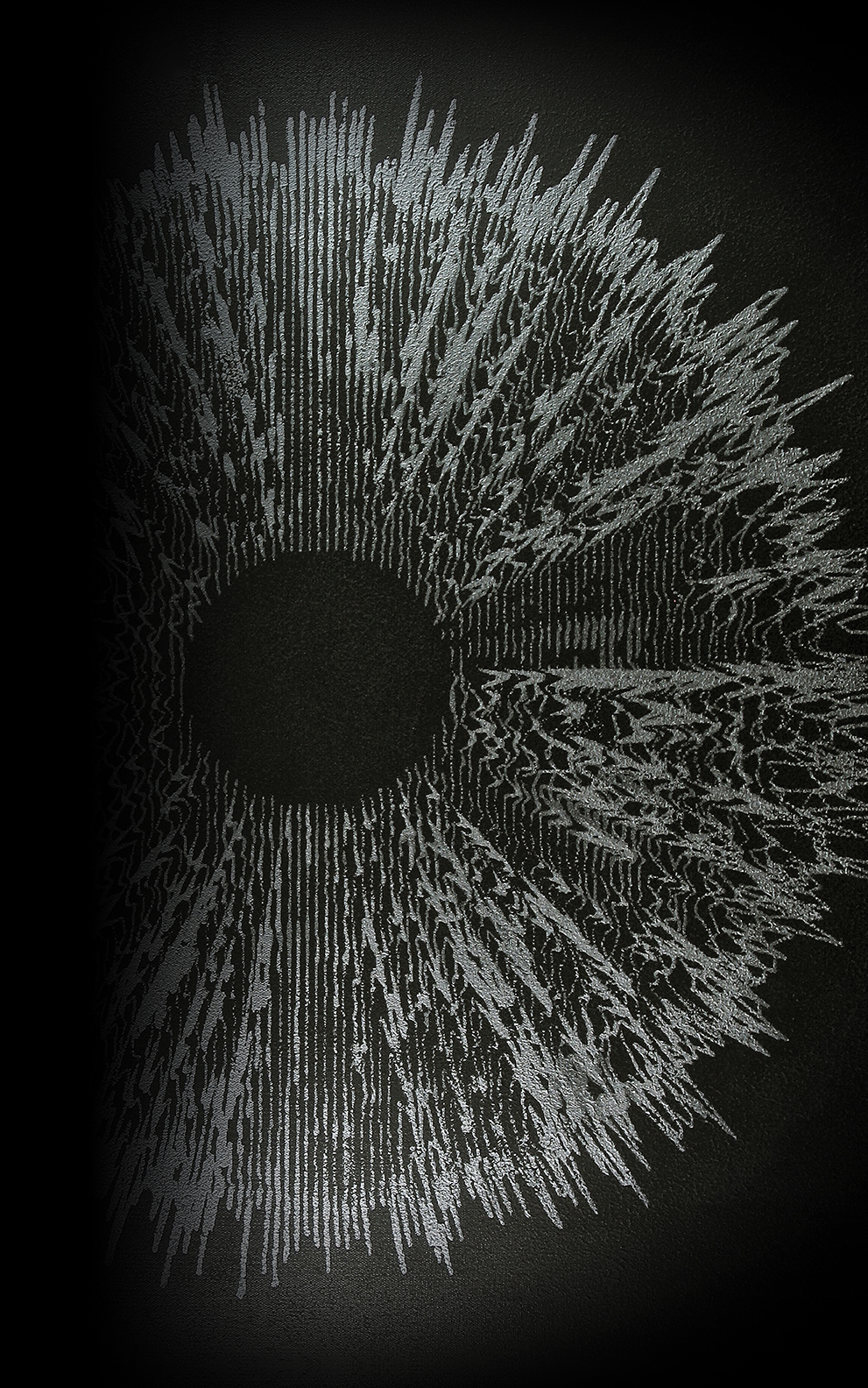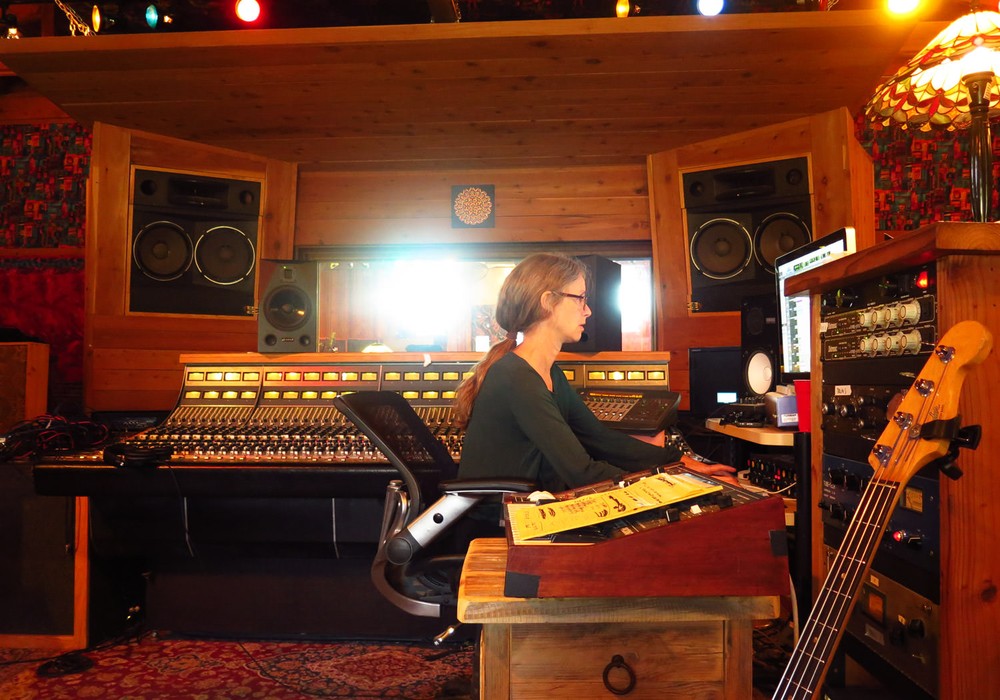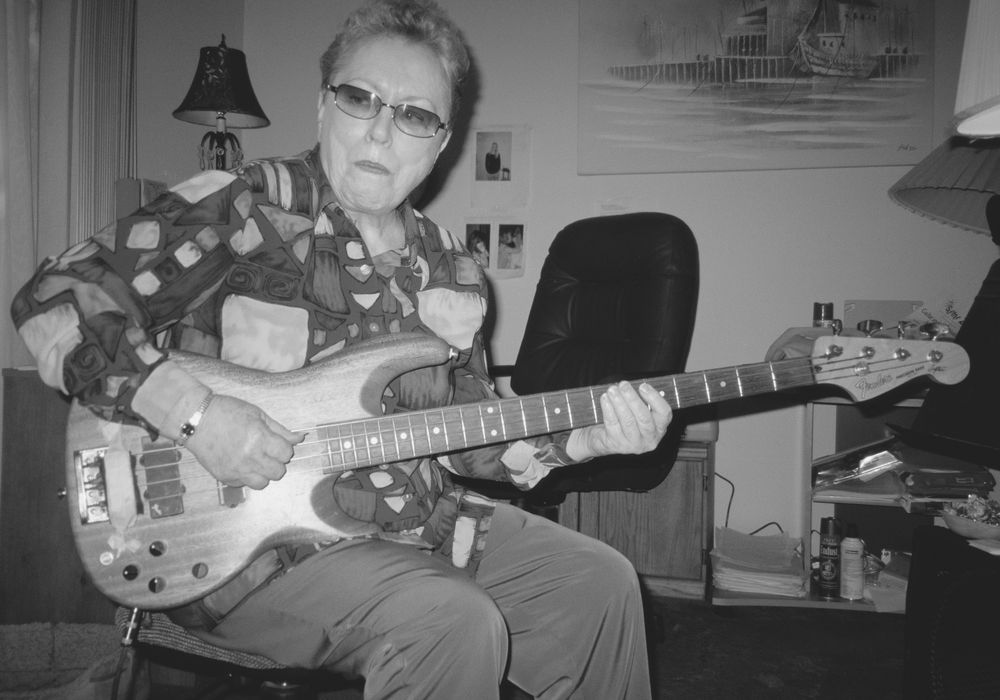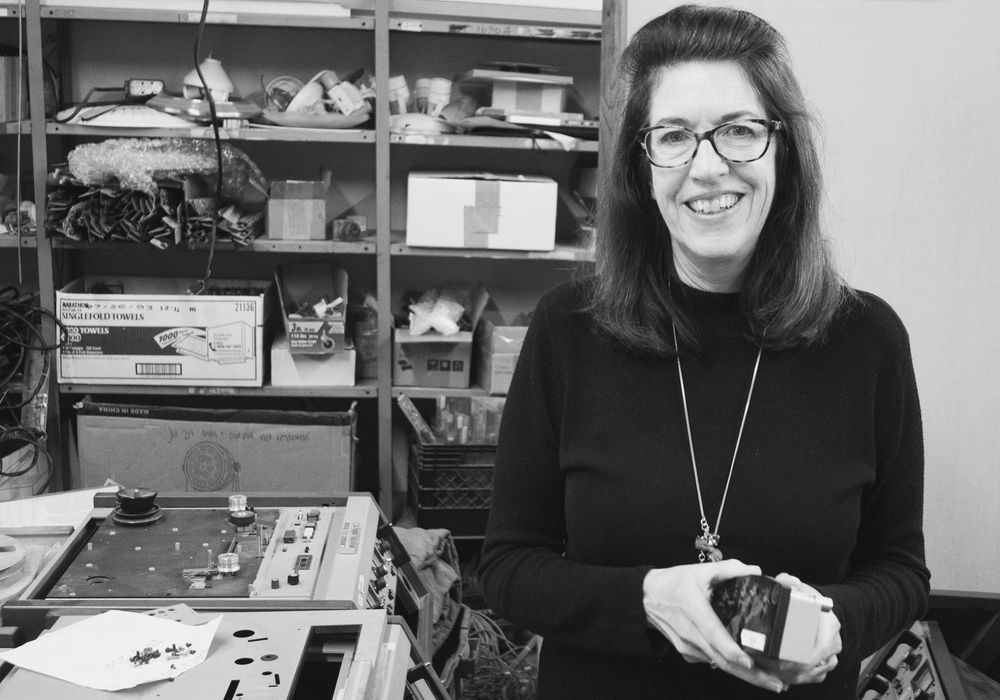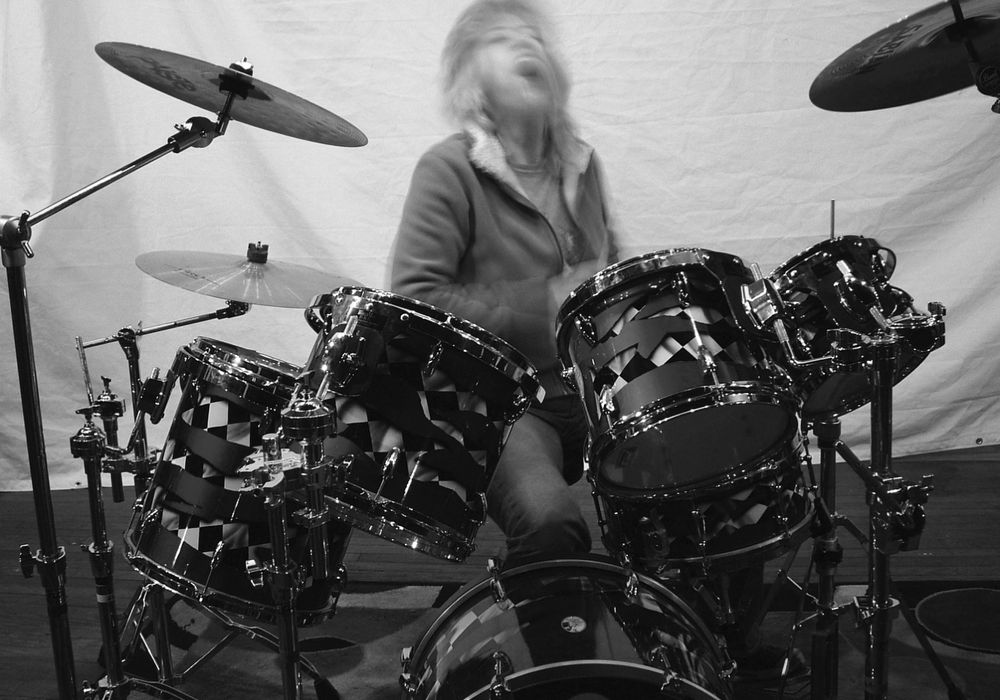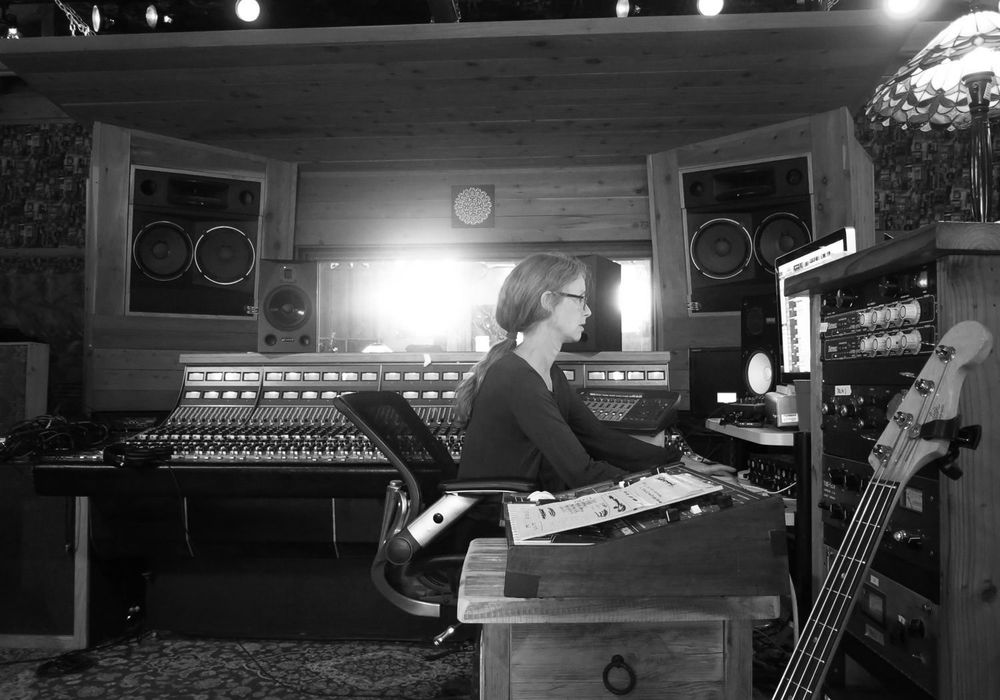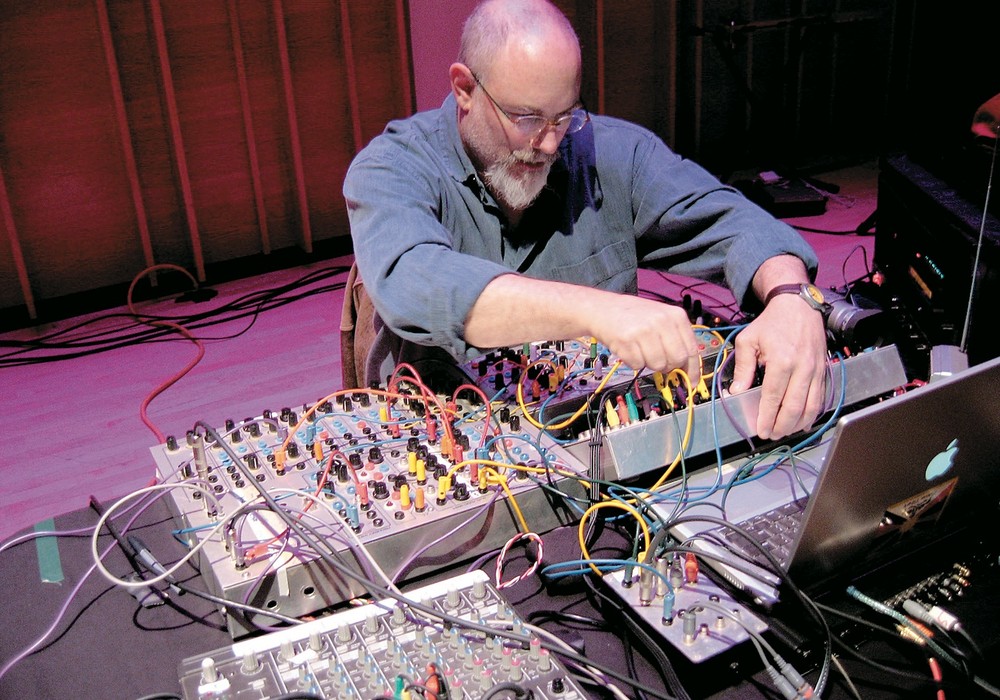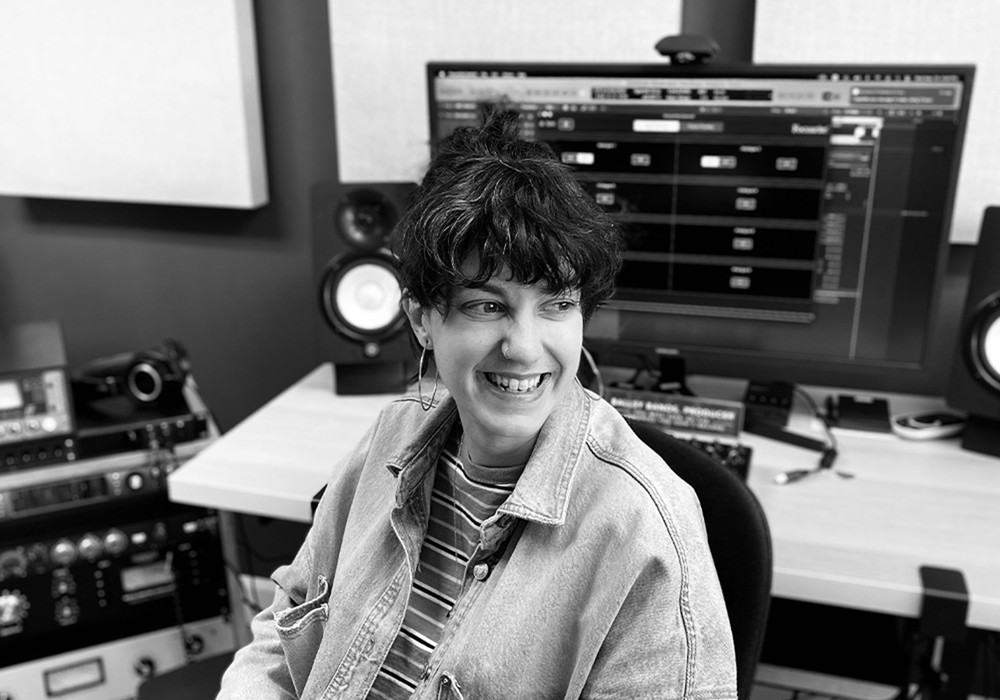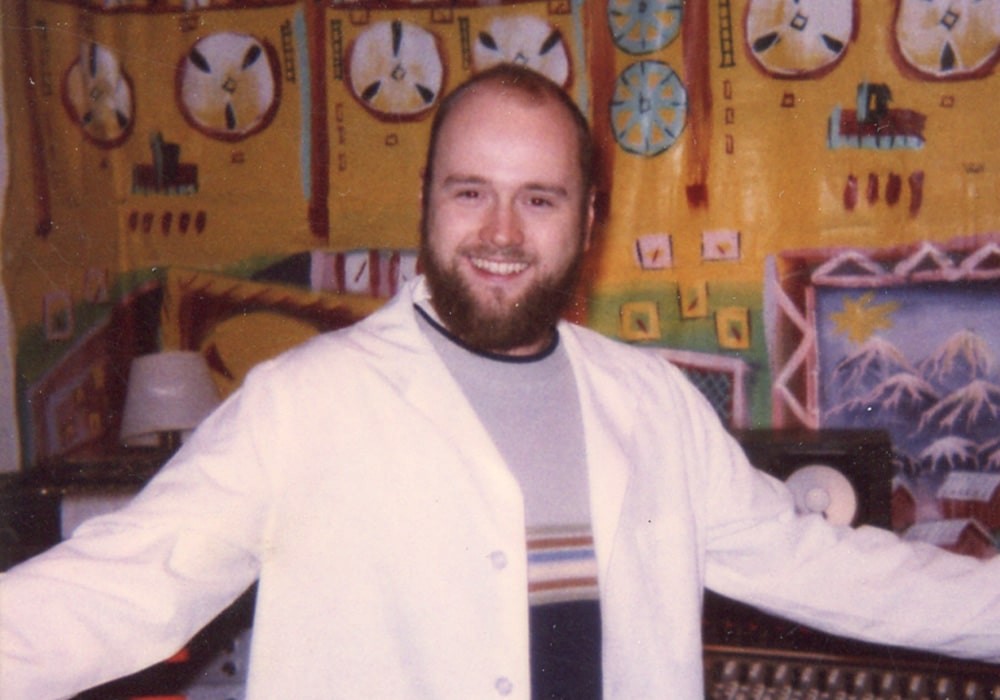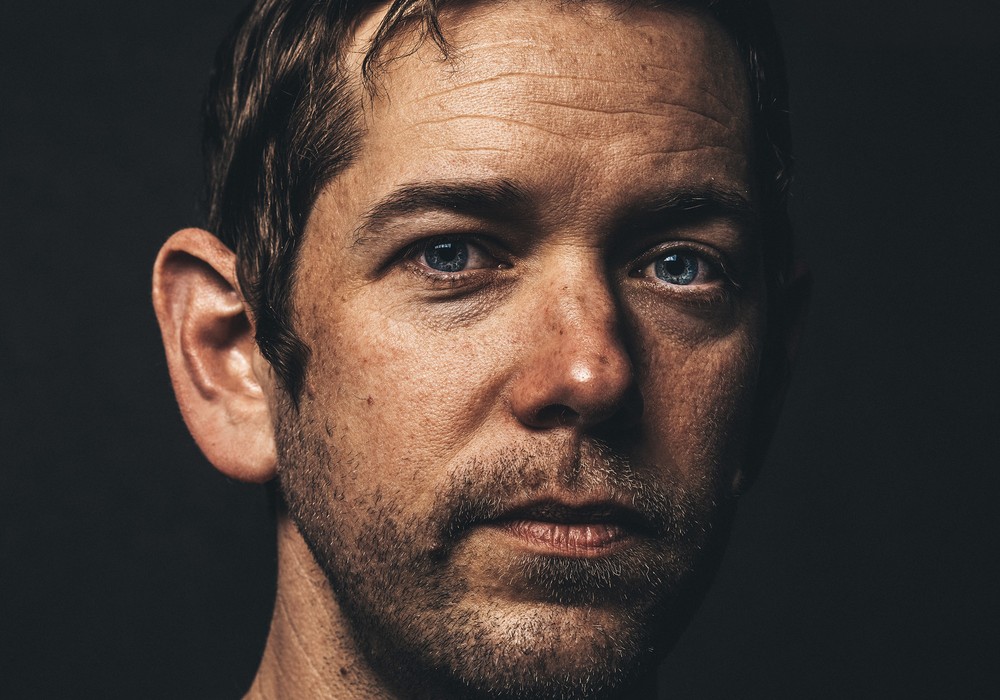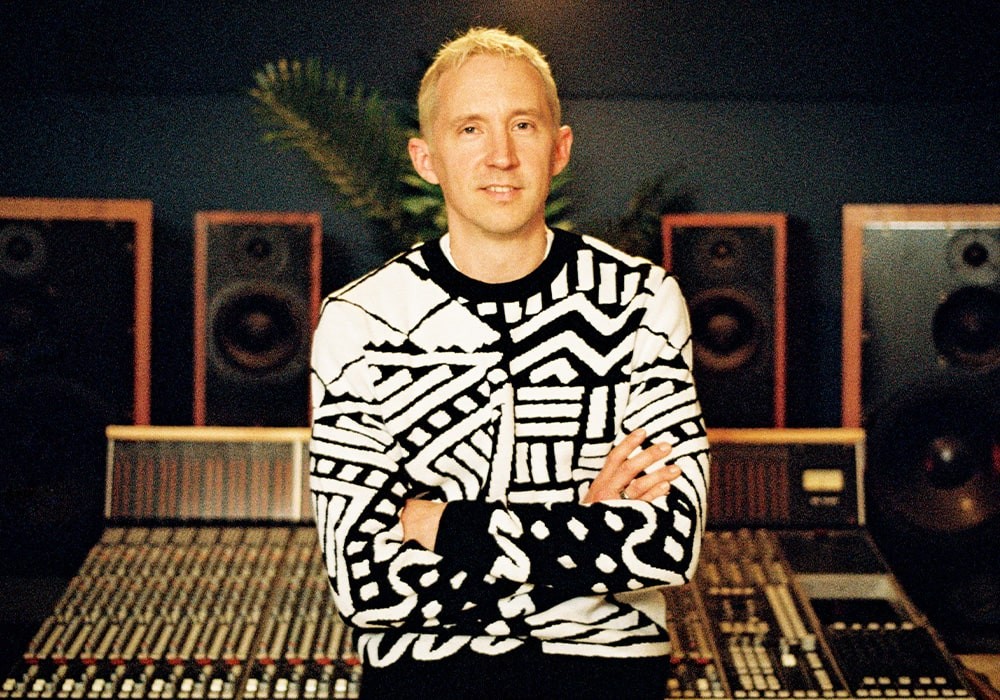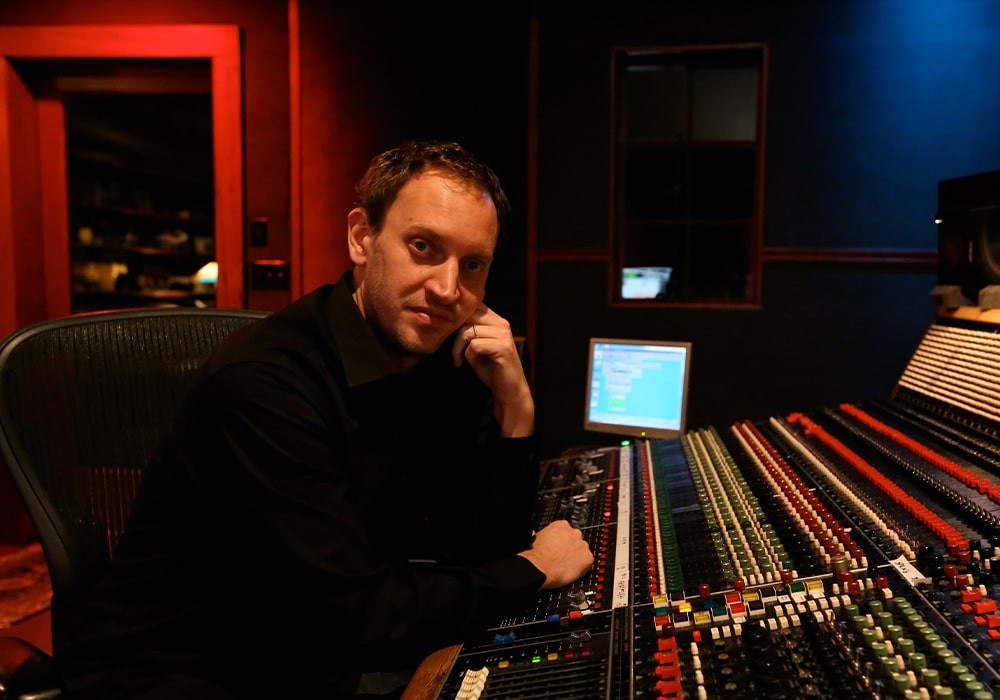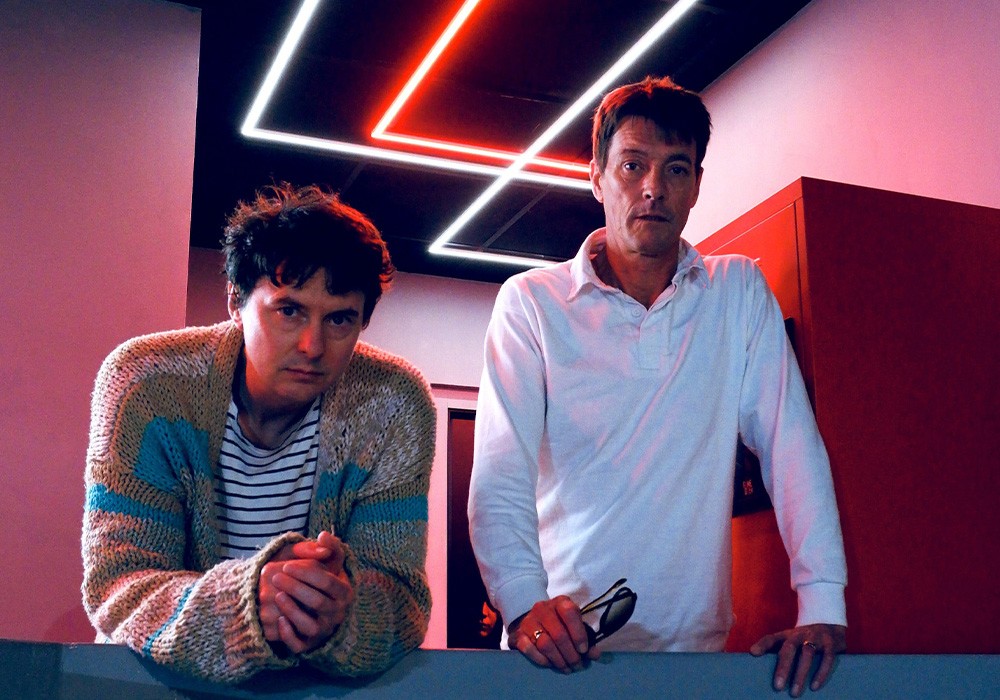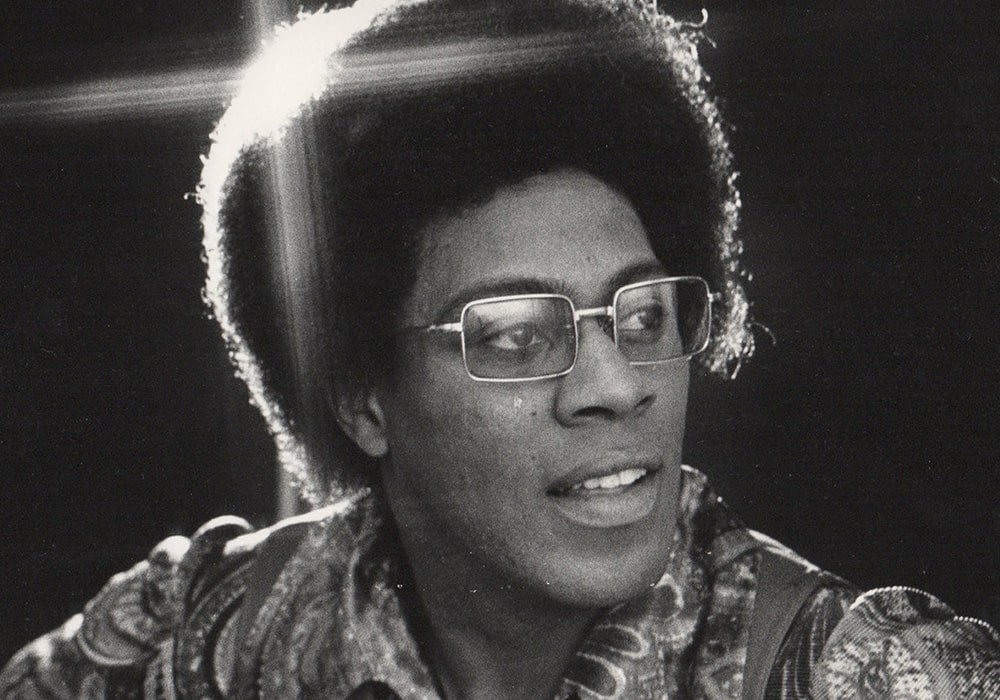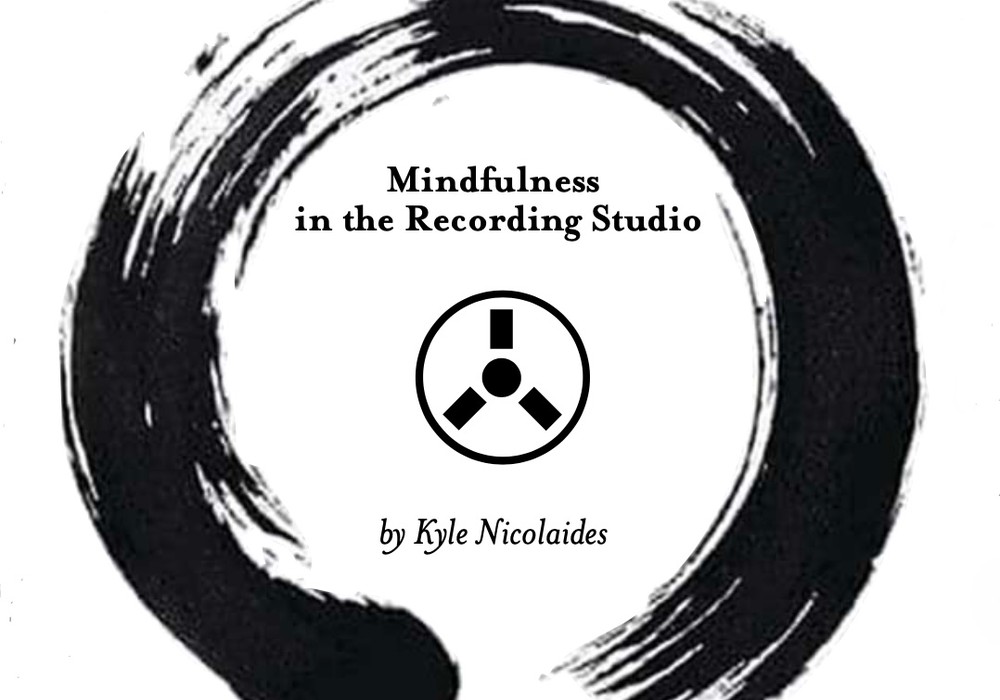A major star in her native land, via her successful acting and music careers, Argentina’s Juana Molina should be a household name in the rest of the world. In 2000 a friend passed along a copy of Juana’s second release, Segundo, and I have been hooked since. In April 2017 she released her seventh album, Halo, and will be touring the world in support. I caught up with Juana to discuss the making of her new album, her process, and the path that has led her to this point.
Segundo was the first record that I heard of yours. I was wondering how you view the progression of ideas from one record to the next.
Well, I think Segundo is the freest record, because I didn’t have any expectations of myself, and especially not from the audience. It took me a long time to make it; almost three years of not thinking and of not having any pressure. Just doing what I felt had to be done, and really enjoying the process during the nights. I had a very young child at the time, so it was impossible to work during the day. It’s a very, what’s the word… Nocturnal? Do you have that word?
Yeah. Nocturnal.
For some parts of it I was half asleep. A good thing about Segundo is that there was no thought at all. Nothing. Then, after I made that, I started to have a response from people that I had never expected. When I had to make [the follow-up], Tres Cosas, things changed. I knew there was someone expecting something on the other side of the world somewhere. So I started to have thoughts like, “Should I make it a little bit more straight-down? Should I do it exactly the same?” When you start having that, it is a problem that you need to learn to live with and to work with. Those thoughts ruin your record. It’s something very difficult to achieve, in my case. I decided to stop the record before it became too similar to Segundo. I didn’t record thousands of layers of things on that record. When I came back, and I recorded Son, I had the live shows as an experience that I didn’t have during the previous two records. I started to add more. I started to record a lot on the loop pedal, and I started to compose in a different way. I was looking for a looping pedal before it existed, because I didn’t want to have the musicians playing the same thing over and over, thinking that they were going to get very bored or that they wouldn’t like to play just three notes for five minutes. I was really looking for that machine, but it didn’t exist. You had delay pedals and other things, but that looping pedal didn’t exist. When I found it, I really found the best friend I’ve ever had. I didn’t record loops on the records. I just played the same thing over and over, but I thought that no one would like to do that, except a machine. I started to record real loops when I got the pedals, and I started to compose faster than before. I had the loop immediately, and I could record other things on top of it immediately. So I would record a full song in almost the time it takes to play the song. That’s why the songs on Son are more stripped down at the beginning, and then they build up towards the end.
Right.
I was really happy, because I had found a very personal way to do things that totally represented me. I didn’t feel that there was something missing, or [that there was] too much. In the past few years, the looping pedal became perhaps too popular, so I felt like I had to change – I had to find a new way of doing things. But how can you change yourself if you’ve been playing loops since you were ten years old? It didn’t have a name. I just called it repetitions. So I really had to try to change the way I naturally do things in order to grow, or to grow and try to not repeat myself. So it’s been more difficult.
What was different about the way you approached getting rid of the loop pedal? What were some of the new approaches and ways you wrote and recorded this new record?
Well, for a start, when I play, I play repeating phrases, because that’s the way I’ve always done things. I wanted not to have, for instance, was this building process. Instead I wanted to have different parts where I had all the instruments...
